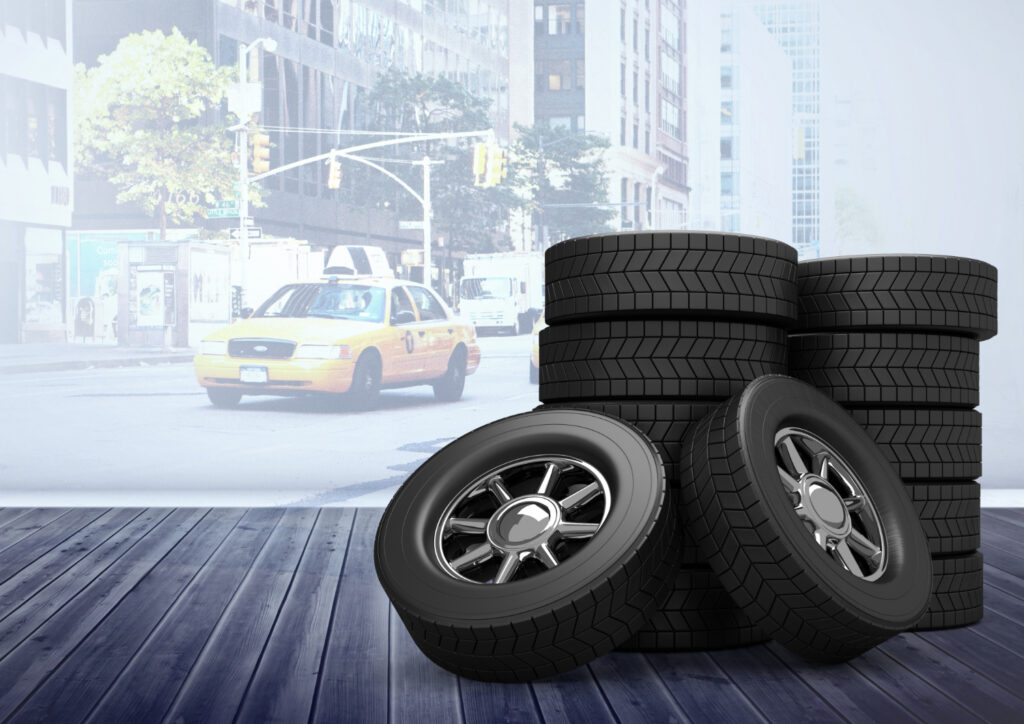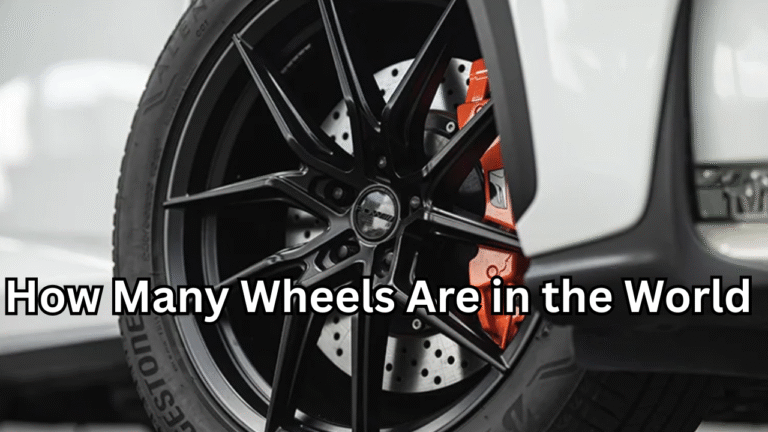
Introduction to the Global Wheel Mystery
How Many Wheels Are in the World – The curiosity around “how many wheels exist across the entire world” has sparked massive interest online. Has become one of the most viral and fascinating debates on the internet. It sounds simple at first, but once you look closely at how many objects around us actually use wheels, the topic becomes surprisingly complex. From cars to toys, office chairs to suitcases, wheels are everywhere, often unnoticed. This growing curiosity has led people to wonder: Is it possible to estimate the total number of wheels on Earth?
In this article, we dive deep into the different types of wheels, the industries that produce them, and a realistic analysis to understand the global wheel count. While the exact number can’t be perfectly calculated, we can create a strong, research-based estimate that gives us a clear picture.
Why the Question Became So Popular
The question gained massive popularity on social media because it challenges how we think about everyday objects. Most people assume wheels mainly belong to cars and motorbikes, but once you start counting toys, machines, furniture, and industrial tools, the numbers grow astronomically. The debate opened people’s eyes to how deeply wheels are integrated into modern life and global production.

How Many Wheels Are Produced Each Year?
To understand how many wheels are in the world, we first need to look at global production. Every year, millions—if not billions—of wheels are manufactured for a wide variety of products.
Car manufacturers produce hundreds of millions of wheels annually because every vehicle requires at least four. Add to that the production of motorcycles, bicycles, trucks, buses, and heavy machinery, and the number increases dramatically. But this is just the beginning—many smaller items also use wheels, and they often outnumber vehicles by a huge margin.
Wheels in the Automotive Industry
The automotive world is the single biggest contributor to the global wheel count. On average, the world has over 1.4 billion cars, and nearly all of them have four wheels. When you include trucks, jeeps, vans, buses, and farming vehicles, the number becomes even larger.
But that’s not all—many vehicles also carry spare wheels, which contribute to the global total. Some trucks have more than four wheels, and specialized industrial vehicles may use 8, 10, or even more. This means the automotive industry alone accounts for several billion wheels across the planet.
Wheels on Motorcycles and Bicycles
Motorcycles and bicycles are extremely common worldwide, especially in Asia, Africa, and Europe. A motorcycle typically uses two wheels, while bicycles also use two. With hundreds of millions of these vehicles on the road, they add a huge number to the overall wheel count.
Many households own more bicycles than cars, which further increases the total number of wheels globally. Bicycle wheels are also lightweight and easy to manufacture, resulting in a very high annual production rate.
Wheels in Everyday Household Items
Beyond vehicles, wheels are everywhere in our homes. Many everyday products include small wheels, even though we rarely think about them. Some common examples include:
- Suitcases
- Toy cars and kids’ ride-on toys
- Baby strollers
- Laundry baskets
- Vacuum cleaners
- Rolling desks and cabinets
- Wardrobes with sliding wheels
- TV stands
- Trolleys
- Skateboards and roller skates
These wheels may be small, but their quantity is massive. A single home can easily contain 20–50 wheels just in furniture and toys alone.
Office and School Products with Wheels
Office environments use wheels constantly. The most common example is the rolling office chair, which usually has five wheels at the base. Multiply that by millions of offices, schools, banks, hospitals, and industries around the world, and you can see how fast the wheel count grows.
Additionally, office trolleys, printer carts, and equipment racks all use wheels, contributing significantly to the total number.

Wheels in Toys and Children’s Products
Toy wheels are one of the most overlooked categories, yet they represent a huge percentage of the global wheel count. Toy manufacturers produce billions of wheels every year for items such as:
- Toy cars
- Toy trains
- Lego wheels
- Ride-on cars
- Mini trucks and tractors
The toy industry might produce more wheels annually than the automotive industry. For example, Lego alone produces hundreds of millions of wheels every year, making it one of the largest wheel producers in the world.
Industrial Equipment and Machinery
Factories and industrial environments rely on wheels for transportation, manufacturing, and storage. Heavy machines, conveyor belts, warehouse trolleys, delivery carts, and many industrial tools use wheels in different forms.
Even robotics and automated systems use wheel-based technology for movement, making the industrial sector another major contributor to global wheel production.
Calculating the Estimated Total Number of Wheels
Now comes the big question—how many wheels are in the world? Although the exact number cannot be known with certainty, we can estimate based on global production and usage.
Here is a general breakdown:
- Over 1.4 billion cars with 4–5 wheels each
- Hundreds of millions of motorcycles and bicycles
- Billions of toy wheels are produced annually
- Billions of small furniture and equipment wheels
- Industrial and commercial wheels are used worldwide
When experts combine these categories, many estimates suggest the world has over 30 to 40 billion wheels, and the number continues to grow every year.
Some people even argue the number may exceed 50 billion, especially when counting toys and miniature wheels.
Why Wheels Outnumber Doors and Other Objects
The “wheels vs. doors” debate became famous online, and many people concluded that wheels clearly outnumber doors. The reason is simple: wheels are used in far more categories than doors, especially in small items like toys, furniture, office equipment, and portable gadgets.
Every toy set, office chair, and suitcase contains multiple wheels. In contrast, most objects have only one door or none at all. This difference in variety and production makes wheels far more abundant.

How Wheels Changed Human Civilization
Wheels are considered one of humanity’s earliest and most important inventions. They revolutionized transportation, farming, trade, construction, and even warfare. Today, the world depends on wheels so much that without them, modern life would become almost impossible.
From airplanes to shopping carts, wheels make life faster and easier. The curiosity around “how many wheels exist across the entire world” has sparked massive interest online.
Will the Number of Wheels Keep Increasing?
The short answer is yes. As global production expands and technology advances, more products are being designed with wheels. Delivery robots, smart suitcases, automated warehouse systems, and new types of vehicles are emerging every year.
Additionally, the toy industry continues to grow, and new innovative products add millions more wheels to the world annually. The total number of wheels will likely double or triple over the next few decades.
Final Thoughts
So, how many wheels are in the world? While we cannot calculate an exact number, realistic estimates suggest there are tens of billions of wheels globally. Cars, toys, furniture, office items, and industrial equipment all contribute massively to this count. Wheels are one of the most essential inventions in human history, and their presence is far more widespread than most people realize.
As production increases and technology evolves, the number of wheels on Earth will continue to grow—making this simple question both fascinating and endlessly debatable.
Also Read: 6145022222 – Everything You Need to Know About This Mysterious Caller





1 thought on “How Many Wheels Are in the World? A Deep Dive Into the Global Wheel Count”
Comments are closed.